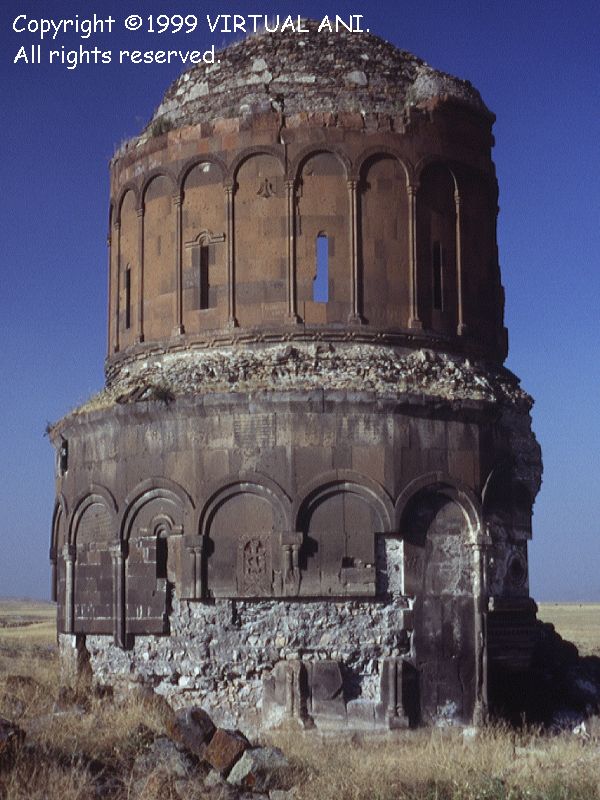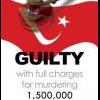City of 1001.
First the gloriously Magnificent;

Then the inglorious tragically lamentatious;

Even if we have spoken about the subject on many occasions, see below and more. We will hear more about it, the fact that of late the city has been subject of much debate I deemed it fit to devote a whole separate topic.
EVERYONE PLEASE! This is an open forum topic. Please do participate, add what I may have missed, be they articles or comments, yours or others’. Please correct me where I have erred.
The City of 1001 Churches. Me? I would much have had 1000 Castles and, if necessary ONE church. Remember how in Marash 5000 souls were burned alive at the Holy Virgin Church ?
Remember that the City is less than 10 meters away across the Akhourian/Arpa River!! How much force does it take to cross over and re- conquer?
Bridge;
http://comps.fotosea..._~u17414222.jpg
http://farm3.static....b4861a190_b.jpg
http://i.telegraph.c...60b_790115c.jpg
http://apexengineeri...ni_cooper_s.jpg
http://1.bp.blogspot...00/IMG_2266.JPG
http://wikimapia.org/13959537
Ruins-of-Akhourian-Bridge
http://wikimapia.org...4/91/62_big.jpg
http://hyeforum.com/...h=1
Here we spoke about the subject, if only superficially in passing;
http://hyeforum.com/...20
http://www.youth.am/...?lang=2&id=4230
City Walls;
http://www.armeniape...e-ani-walls.jpg
Citadel 1885;
http://upload.wikime...rmenia-1885.gif
1937;
http://armenia.loois...urches/img_1937
And the further progressive(?) deterioration here;
http://armenia.loois...f 1001 Churches
--
We still don’t know how and why the City was named so. Is ANI a diminutive abbreviation of ANAHIT?? (We call many an Anahit as Ani) I question the “zoroastrian fire temple“ mentioned below, as Anahit and Aramazt go much further back than Zoroaster.
http://www.virtualan...story/part1.htm
Earliest History
Bronze and Iron age settlements have been excavated on the site, so have possible Uruatian buildings. There is re-used classical masonry in the citadel walls and the remains of what is probably a Zoroastrian fire temple. Ani is first mentioned by Armenian chroniclers in the 5th century A.D. as a strong castle built on a hilltop and a possession of the Kamsarakan dynasty.
In the middle of the 7th century Armenia was invaded and conquered by the Arabs. The ethnic makeup of the population was little changed by this invasion, but it destroyed the existing power structures and paved the way for the eventual emergence of new ruling dynasties. By the end of the 9th century Armenia had regained most of her former independence - but was divided into numerous kingdoms and principalities. The two most powerful Armenian kingdoms were those of the Artzruni dynasty, who were based around Lake Van, and the Bagratid dynasty, who ruled most of north-eastern Armenia and who would eventually have their capital at Ani.
Edited by Arpa, 04 October 2010 - 10:16 AM.
























